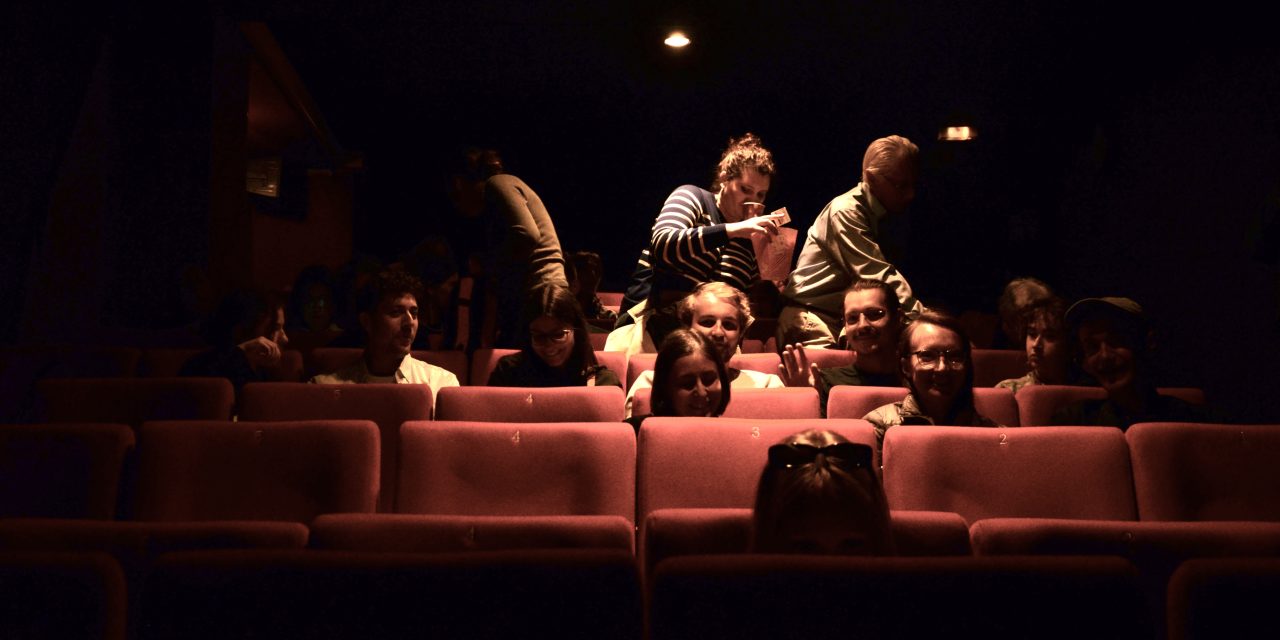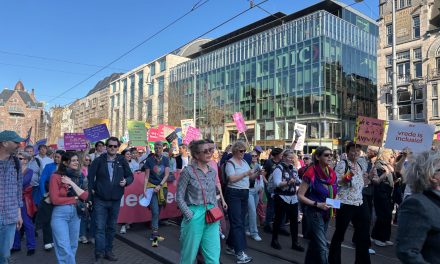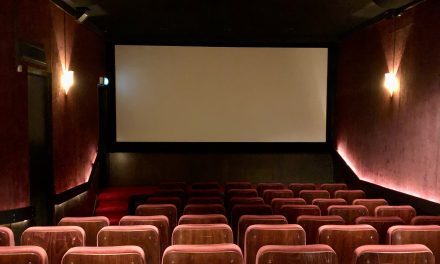How Vienna’s Non-Commercial Cinemas Are Redefining Movie Culture
In Vienna, While commercial chains like Cineplexx are struggling with declining attendance and the pressure of streaming platforms, small, non-commercial movie theaters are experiencing a quiet renaissance. With near-full screenings, growing memberships, and a renewed sense of cultural relevance, these art-house cinemas are proving that film can still be a communal and meaningful experience.
This shift is not only shaping the way Viennese people watch films, but also what they expect from the cinematic experience. As one member from Springhaver, an independent cinema in the Netherlands Coen Van Beek said, “People will always keep going to the cinema. they’ve developed a type of style and films they like and the arthouse cinemas are for those types of people.”
A Changing Landscape of Viewership
According to the European Audiovisual Observatory, Austria saw a 22.5% increase in cinema attendance in 2023 compared to the year before. But this growth hasn’t been evenly distributed. Commercial chains continue to report declining ticket sales, particularly since the COVID-19 pandemic. In contrast, non-commercial cinemas such as Stadtkino, Filmhaus, and Top Kino are attracting full houses and increasingly diverse audiences.
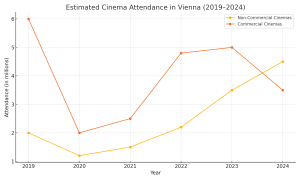
The answer lies in the kind of experiences audiences are seeking post-pandemic. After years of lockdowns and isolation, people aren’t just craving entertainment, they’re craving connection. Theaters that offer more than a blockbuster and a bucket of popcorn are winning hearts.
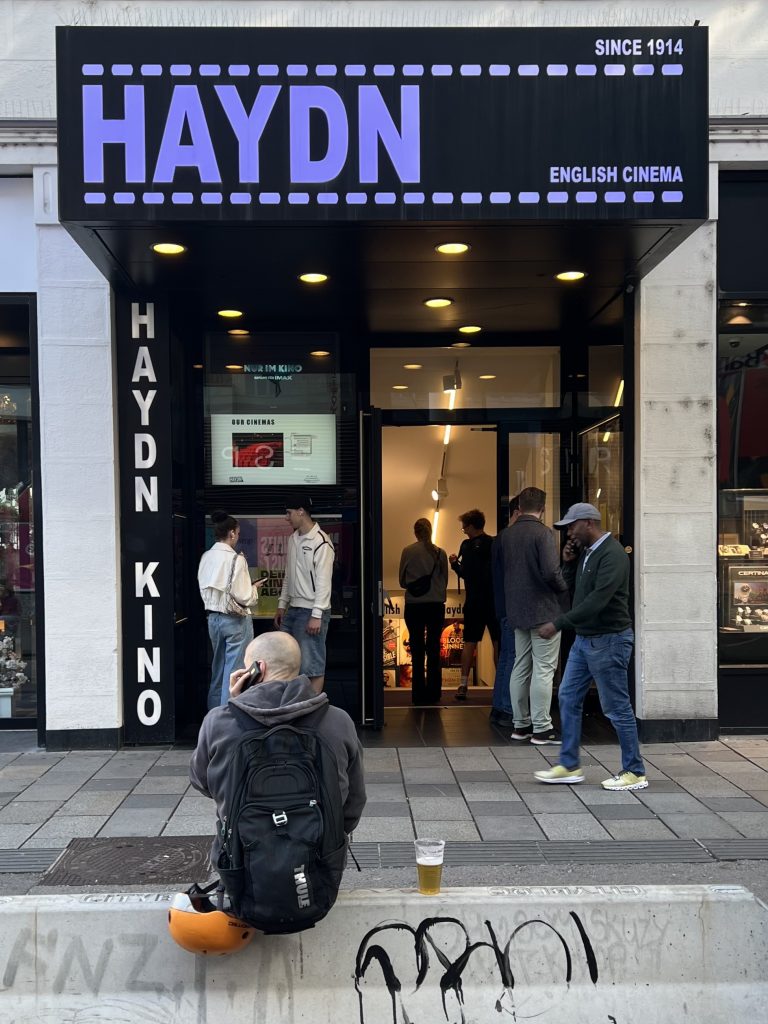
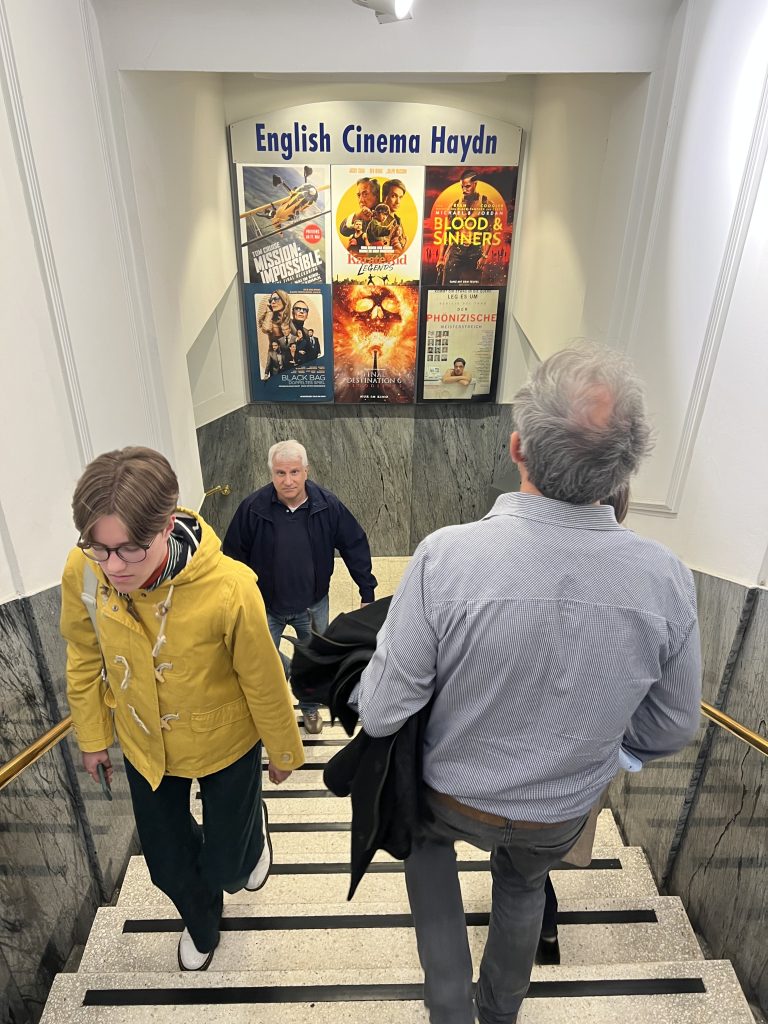
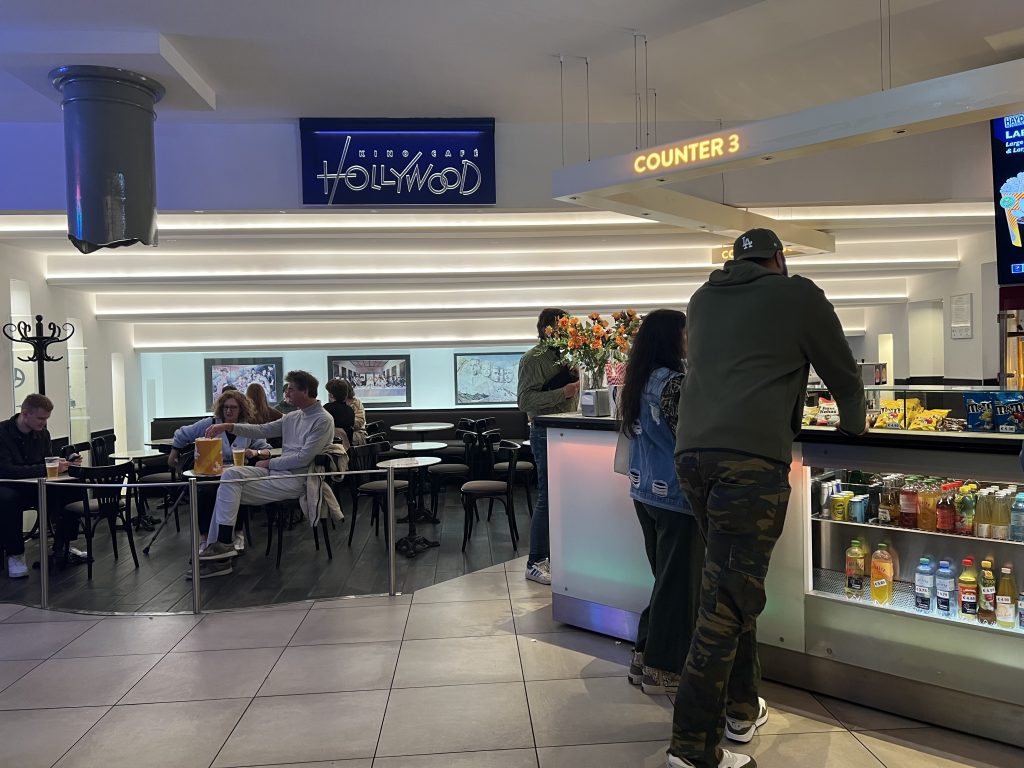
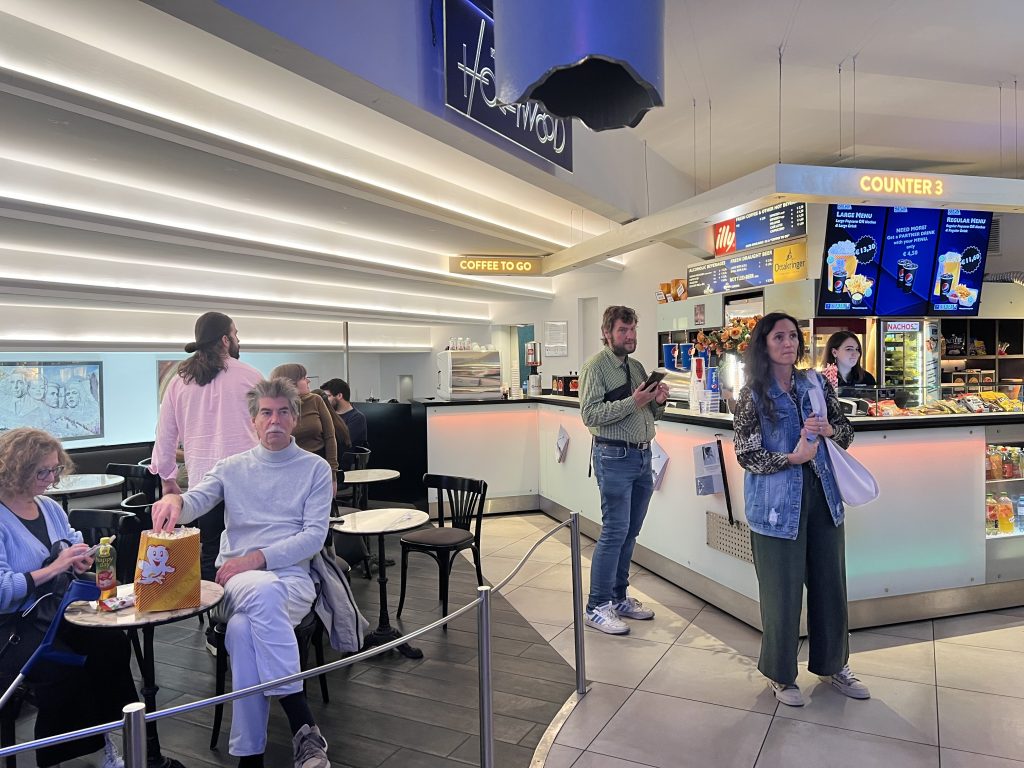
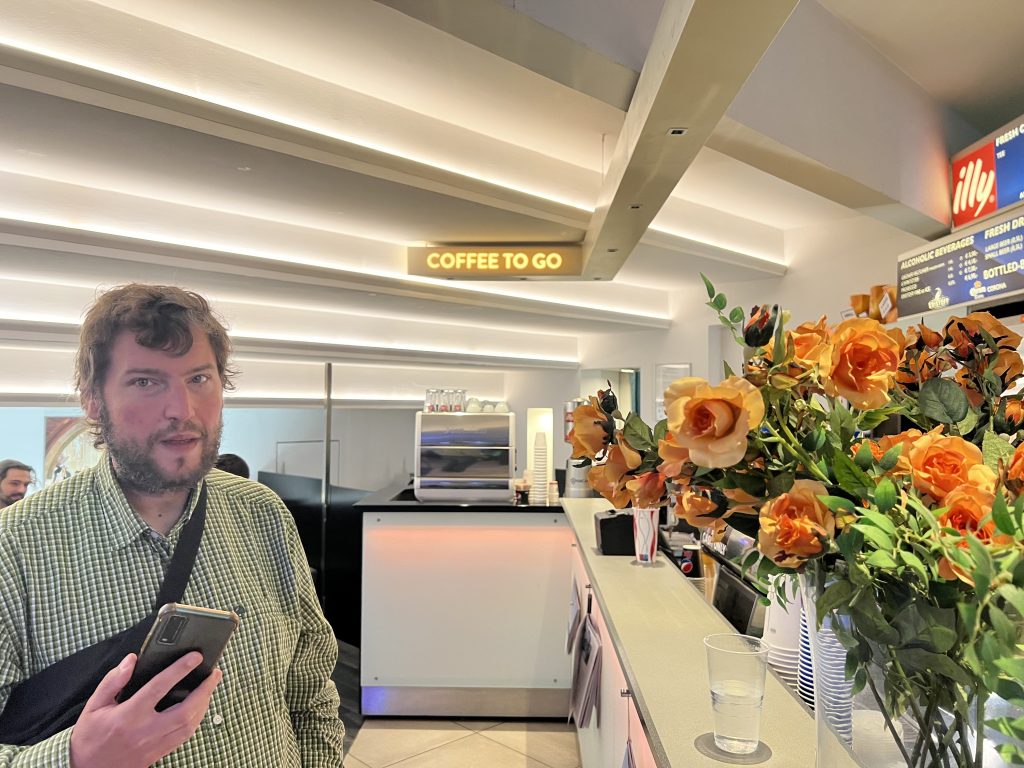

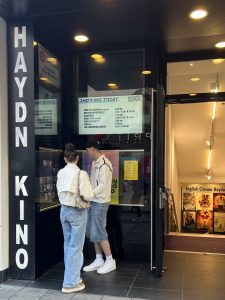
A Different Kind of Night Out
Burg Kino and Haydn Kino are two of Vienna’s long-standing independent cinemas Even on a weekday evening. Haydn Kino had a steady stream of filmgoers, many of them older adults and students, chatting in the lobby or flipping through flyers for upcoming retrospectives. These spaces don’t feel transactional like modern multiplexes.
Non-commercial venues often include cafés, bars, or bookstores, encouraging audiences to linger after the credits roll. A film becomes an event, a topic to discuss over a glass of wine, a reason to stay out a little later. This kind of environment fosters community and emotional investment, something commercial cinemas often miss.
Who’s Going—and Why?
The audiences driving this resurgence are not just nostalgic cinephiles. While older viewers (65+) remain some of the most loyal supporters of art-house films, there’s a noticeable rise in younger people and international students. For the latter group, screenings in original languages with subtitles provide accessibility and authenticity that big chains can’t match.
A staff member from Springhaver Coen Van Beek, a similar independent cinema in the Netherlands, noted in an interview that “people want a night out that’s more than just sitting in a seat in a dark room. They want to talk, connect, and feel part of something.
The Streaming Factor
The rise of Netflix, Amazon Prime, and other streaming platforms has had a complex impact on movie-going. While many predicted the death of cinema altogether, it now seems the effect was more nuanced: streaming has mostly undercut commercial cinemas, which rely heavily on the kind of films now readily available online.
Non-commercial cinemas, however, have responded differently. By showcasing independent films, documentaries, retrospectives, and international cinema, they’ve carved out a space that streaming can’t quite replace. You don’t go to these places to see what’s trending, you go to discover and to learn.
As the Springhaver staff member Coen Van Beek put it, “ nowadays you have to see it as two separate things.People will always go out to have a night out, and for those times they choose to go to the cinema. Besides that, people just also stay in and then watch a movie at home like they did on TV back in the old days..”
Funding Culture Over Profit
One of the key reasons non-commercial cinemas can afford to be bold in their programming is public funding. The Austrian Film Institute and the Federal Ministry for Arts and Culture support these venues with subsidies aimed at preserving cinematic diversity and cultural heritage. Unlike commercial cinemas, which must chase profitability with every screening, independent theaters can take risks and show films that may not attract mass audiences but still hold cultural value.
The Role of Festivals and Institutions
Vienna’s rich festival culture further strengthens non-commercial cinema. Events like the Viennale and the International Human Rights Film Festival draw international audiences and offer local theaters more exposure. These festivals often partner with independent venues, integrating them into the cultural calendar and giving them access to global cinematic discourse.
What’s Next?
While large cinema chains are in trouble to adapt, non-commercial cinemas continue to double down on what sets them apart: curation, community, and culture. Their success points to a larger societal shift in Vienna and beyond: a rejection of homogenized content and a yearning for authentic, shared cultural experiences.
Whether you’re a seasoned cinephile or a curious newcomer, Vienna’s independent theaters are offering something worth stepping out for. And in an age of instant digital gratification, that’s saying something.
Final Thoughts
non-commercial cinemas in Vienna are thriving not in spite of changing habits but because of them. As audiences become more intentional about how they spend their time and money, the value of spaces that offer cultural depth, conversation, and community is clearer than ever.
What we’re witnessing isn’t the death of cinema but a rebirth.
